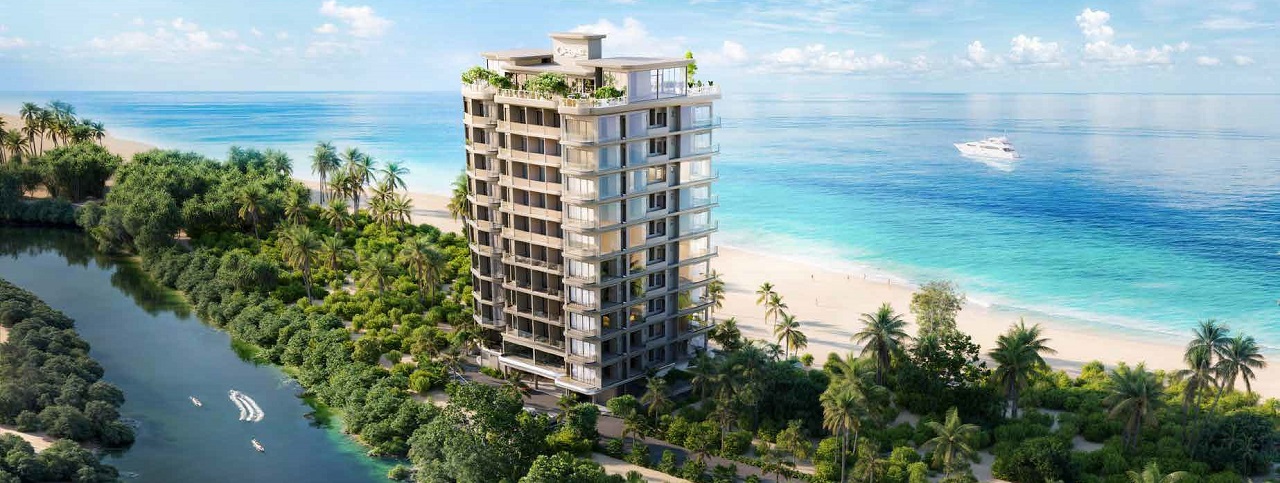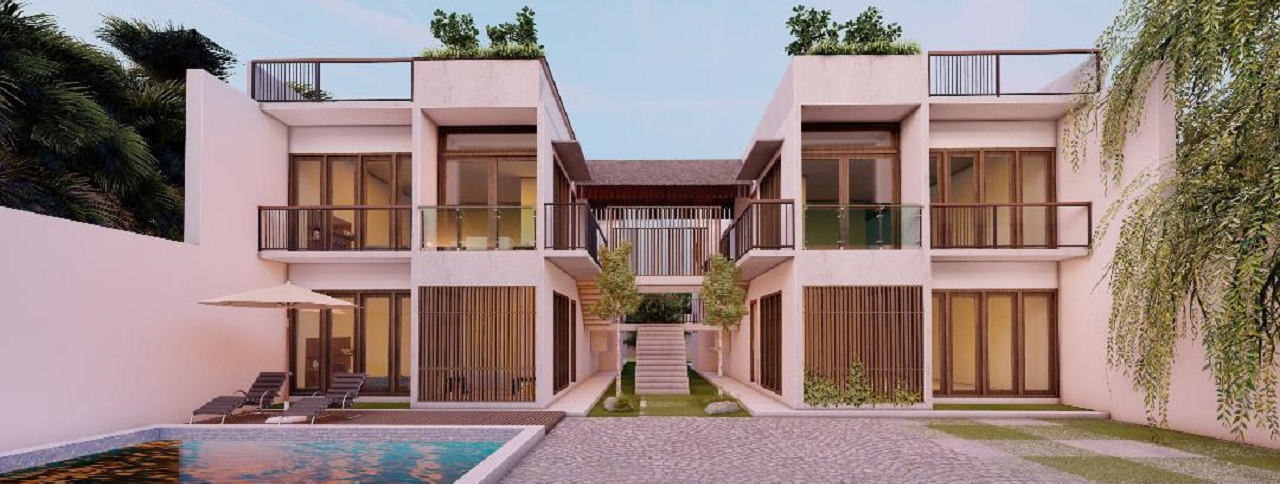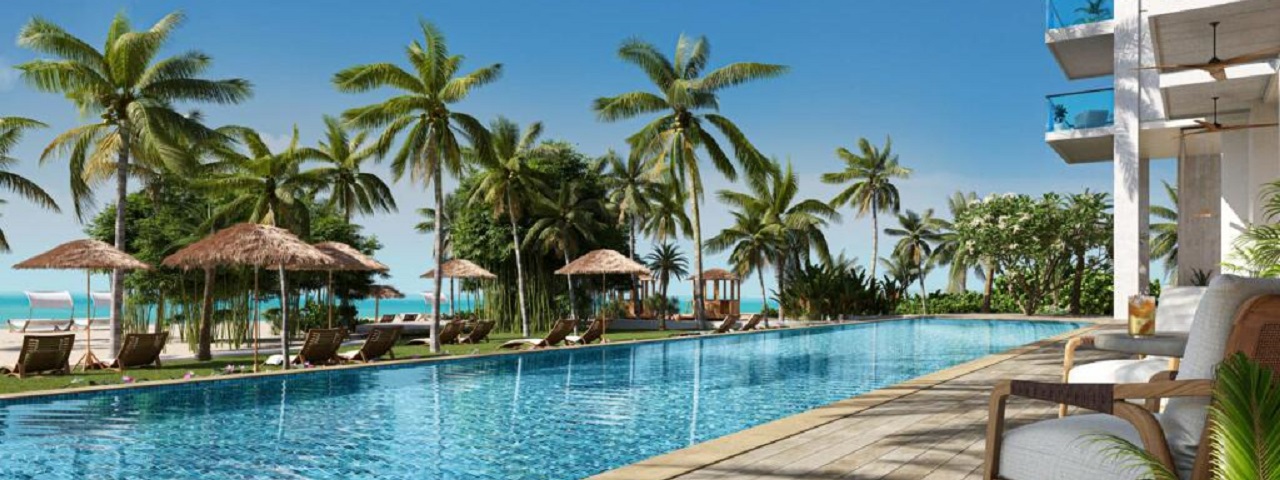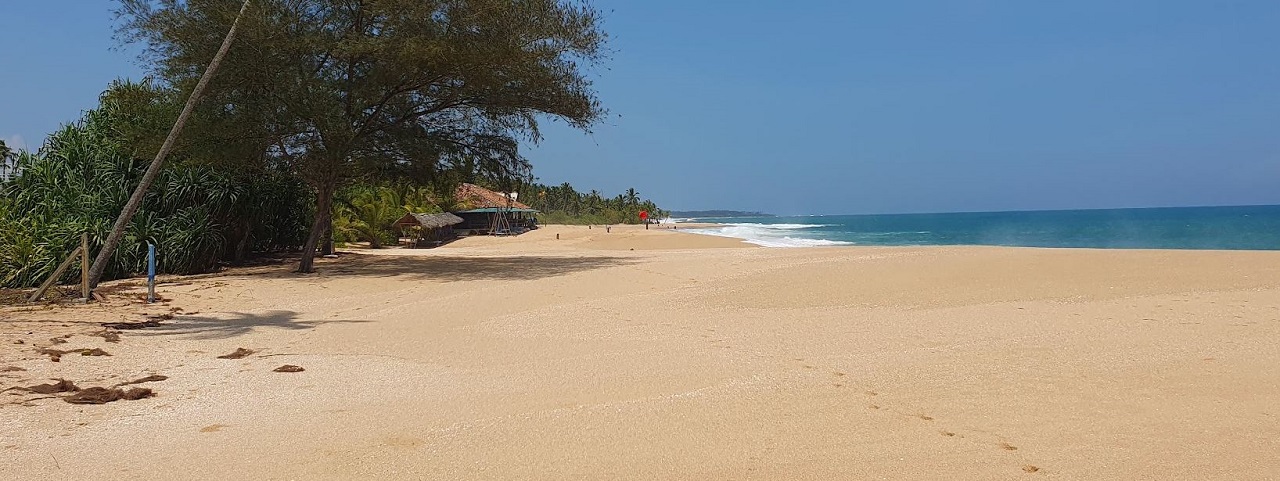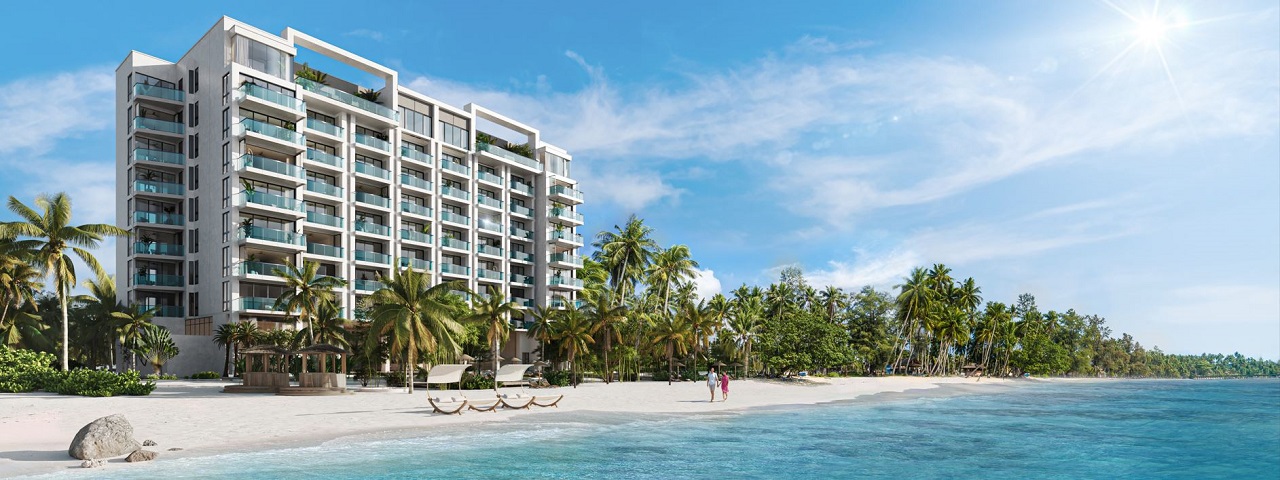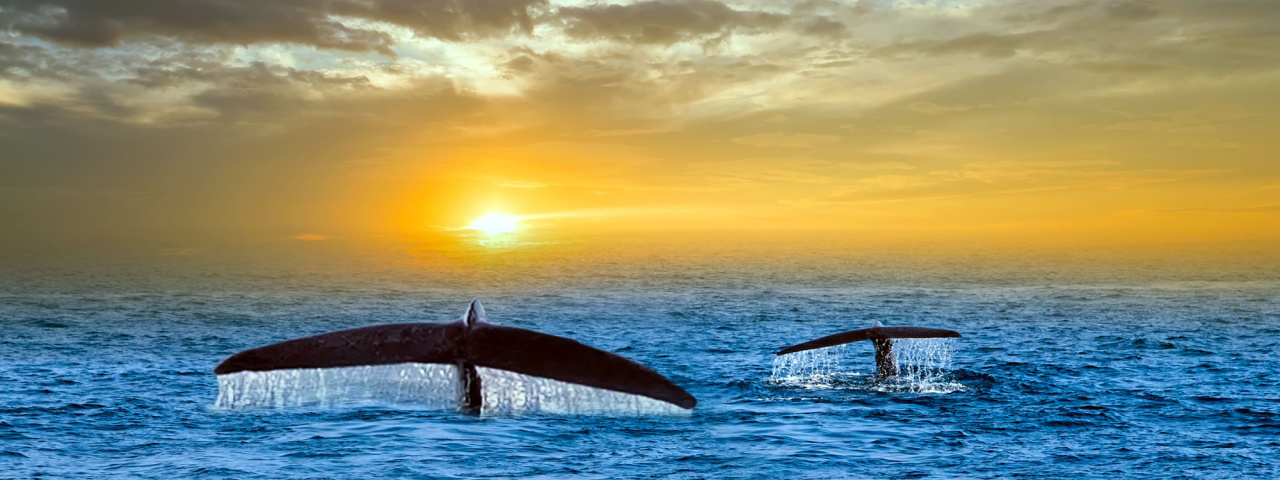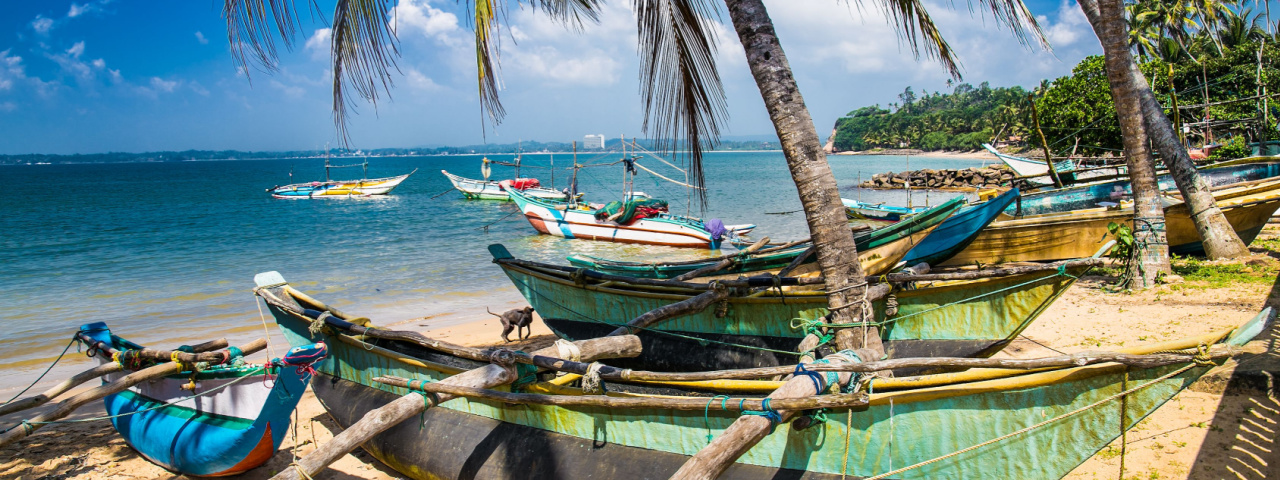Sri Lanka, Asia’s oldest democracy, is undertaking major infrastructure projects that are improving connectivity and reshaping the skylines of its major cities.
Once a key port on the ancient Silk Road owing to its strategic location off India’s coast, the teardrop island nation is focused on reestablishing itself as a vital player on the modern maritime route connecting Asia, Africa, Europe and beyond.
Tourism is rapidly increasing as a result.
The former British colony, known as Ceylon until it became a republic and changed its name to Sri Lanka in 1972, gained independence in 1948.
Today, the per capita incomes of the island nation’s 21 million residents rank among the highest in South Asia.
Steeped in ancient Buddhist and Hindu culture, Sri Lanka packs diverse attractions into a small space, including eight UNESCO World Heritage Sites, more than a dozen national parks, virgin rainforests, and lush tea gardens.
Trekkers are rewarded with exotic birds, rare orchids, and temple ruins while navigating sacred mountains.
Underwater divers can explore coral gardens and old shipwrecks, while beaches offer experiences for sunbathers, snorkelers and surfers.
High-end real estate in Colombo and surrounding areas is fueled by growing international demand, with additional luxury projects in the pipeline.
Galle, a two-hour drive southwest of Colombo, is a popular coastal vacation home spot for foreign investors.
Originally built by the Portuguese and later fortified by the Dutch in the late 16th century, Galle still has some surviving Dutch-era buildings.
Sri Lankan architecture reflects Buddhist, Indian, East Asian and Western influences.
Architect Geoffrey Bawa spearheaded the Tropical Modernism movement starting in the 1960s, adapting the minimalist International Style to the tropical climate.
His work included private residences as well as universities, religious buildings and the Sri Lankan Parliament.

